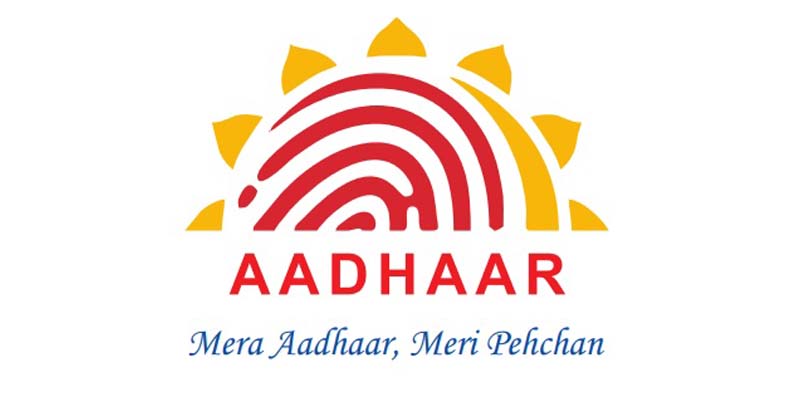- India
- Jan 04
UIDAI enables ‘Head of Family’ based online update in Aadhaar
• Unique Identification Authority of India (UIDAI) has now allowed residents to update addresses in Aadhaar online with the consent of their ‘Head of Family’.
• The new process can be initiated after submitting proof of relationship documents like a ration card, mark sheet, marriage certificate, passport, etc, mentioning the name of both the applicant and Head of Family (HoF) and the relationship between them.
• In case proof of relationship document is not available, UIDAI provides the resident to submit a self-declaration by the HoF in the UIDAI-prescribed format.
• The HoF-based online address update in Aadhaar will be of great help to the relative(s) of a resident like children, spouse, parents etc, who don't have supporting documents in their own name to update the address in their Aadhaar.
• With people moving cities and towns due to various reasons within the country, such a facility will be beneficial for millions of people.
• The new option to update address is in addition to the existing address update facility using any valid proof of address document prescribed by UIDAI.
• Any resident above the age of 18 can be a head of family for this purpose and can share his or her address with his or her relatives through this process.
What is Aadhaar?
• Aadhaar is a 12-digit unique ID issued to an individual. Aadhaar uses demographic information (name, date of birth, gender and address), photograph of the face, fingerprints and iris to identify a resident. These items of information are mandatory.
• The objective of Aadhaar is to empower residents of India with a unique identity and digital platform only for the purpose of identity proof.
• Aadhaar number is a proof of identity. It does not confer any right of citizenship or domicile in respect of an Aadhaar number holder.
• Under the Aadhaar Act, 2016, UIDAI is responsible for Aadhaar enrolment and authentication, including operation and management of all stages of Aadhaar life cycle, developing the policy, procedure and system for issuing Aadhaar numbers to individuals and perform authentication and the security of identity information and authentication records of individuals.
Unique Identification Authority of India (UIDAI)
• The Unique Identification Authority of India (UIDAI) is a statutory authority established under the provisions of the Aadhaar (Targeted Delivery of Financial and Other Subsidies, Benefits and Services) Act, 2016 (Aadhaar Act, 2016) on July 12, 2016 by the government of India, under the ministry of electronics and information technology (MeitY).
• The Aadhaar Act, 2016 has been amended by the Aadhaar and Other Laws (Amendment) Act, 2019.
• Prior to its establishment as a statutory authority, UIDAI was functioning as an attached office of the then Planning Commission (now NITI Aayog).
• On September 12, 2015, the government revised the Allocation of Business Rules to attach the UIDAI to the Department of Electronics & Information Technology (DeitY).
• UIDAI was created with the objective to issue Unique Identification numbers (UID), named as Aadhaar, to all residents of India.
• UIDAI has its headquarters in New Delhi and functions through its eight regional offices situated in Bengaluru, Chandigarh, Guwahati, Hyderabad, Lucknow, Mumbai, New Delhi and Ranchi.
• UIDAI has two data centres – one at Hebbal (Bengaluru) in Karnataka and the other at Manesar (Gurugram) in Haryana.
• The first UID number was issued on September 29, 2010 to a resident of Nandurbar in Maharashtra.
Manorama Yearbook app is now available on Google Play Store and iOS App Store



